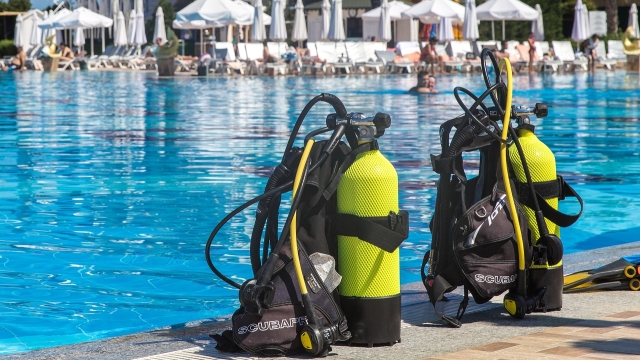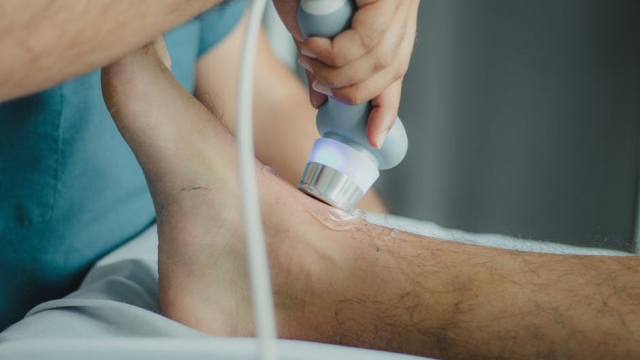What is an ROV Inspection Report

In the dynamic field of underwater exploration and inspection, the importance of accurate and detailed reporting cannot be overstated. A rov inspection report serves as a crucial document that encapsulates the findings from remotely operated vehicle (ROV) surveys. These reports not only provide essential insights into underwater conditions but also ensure compliance with regulatory standards and facilitate informed decision-making for various stakeholders.
What is an ROV Inspection Report?
An ROV inspection report is a comprehensive document that consolidates data collected by ROVs during underwater inspections. These inspections can occur in various environments, including oil and gas platforms, pipelines, underwater structures, and marine habitats. The report typically includes images, video footage, and detailed notes about the condition of the inspected elements.
Components of an ROV Inspection Report
Every ROV inspection report includes several key components, which together create a complete picture of the underwater environment. Here are the most critical elements:
- Introduction: This section provides an overview of the inspection’s purpose, location, and scope.
- Methodology: Detailed information about the techniques and equipment used during the inspection.
- Findings: A summary of the observations made during the inspection, including any anomalies or areas of concern.
- Visual Documentation: High-quality images and video clips that capture the inspected areas, highlighting specific findings.
- Recommendations: Suggestions for maintenance, repairs, or further investigations based on the findings.
Importance of an ROV Inspection Report
The role of a well-documented ROV inspection report extends beyond mere data collection. Its significance lies in several areas:
Regulatory Compliance
Many industries operating underwater must adhere to strict regulations. An ROV inspection report provides the necessary documentation to demonstrate compliance with safety and environmental standards, helping organizations avoid potential penalties.
Risk Management
By thoroughly documenting the condition of underwater assets, companies can proactively identify risks. Early detection of issues such as corrosion, structural damage, or marine growth can lead to timely interventions, reducing the likelihood of catastrophic failures.
Cost Efficiency
Regular inspections and detailed reporting can save companies significant amounts of money in the long run. By addressing small problems before they escalate into major issues, organizations can minimize downtime and maintenance costs associated with underwater assets.
How to Create an Effective ROV Inspection Report
Creating an effective ROV inspection report requires careful planning and execution. Here are some best practices:
- Define Clear Objectives: Before conducting the inspection, clarify what you aim to achieve. This focus will guide the entire process and ensure that the report meets stakeholders’ needs.
- Use Advanced Technology: Leverage high-definition cameras and sonar equipment to capture the finest details. This technology enhances the quality of visual documentation.
- Standardize Reporting: Develop a consistent format for your reports to ensure clarity and ease of understanding for all readers.
- Engage Experts: Involve marine engineers or other specialists in the analysis of the findings to provide deeper insights and more robust recommendations.
Conclusion
In conclusion, a well-prepared ROV inspection report is invaluable for any organization involved in underwater operations. Not only does it serve as a record of compliance and safety, but it also aids in effective asset management and risk mitigation. By following best practices and ensuring comprehensive documentation, companies can derive significant benefits from these reports, leading to enhanced operational efficiency and safety.


